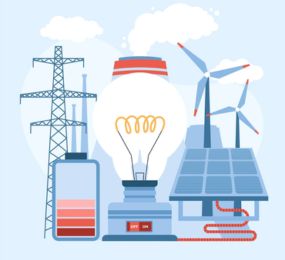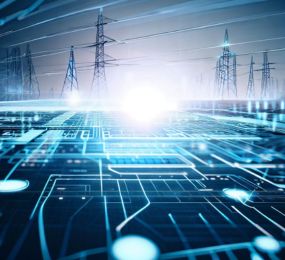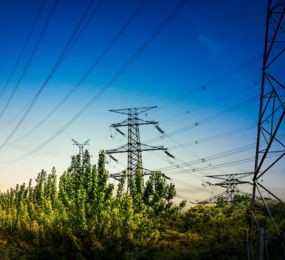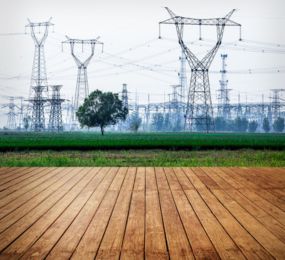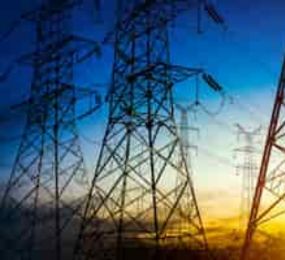In the era of digital transformation, the integration of Internet of Things (IoT) technologies is revolutionizing grid management, empowering grid operators with unprecedented insights and capabilities. From real-time monitoring to predictive maintenance, IoT is reshaping how energy is distributed and managed within power grids.
1. Real-time Monitoring:
IoT sensors deployed throughout the grid infrastructure enable real-time monitoring of key parameters such as voltage levels, power flows, and equipment conditions. This continuous data collection provides grid operators with immediate insights into grid performance, allowing them to detect anomalies and respond swiftly to fluctuations in demand or supply.
2. Predictive Maintenance:
By leveraging IoT data analytics and machine learning algorithms, grid operators can implement predictive maintenance strategies. IoT sensors collect data on equipment health and performance, allowing algorithms to identify patterns indicative of potential failures. This proactive approach to maintenance minimizes downtime, reduces costs, and enhances grid reliability.
3. Fault Detection and Localization:
IoT-enabled grid management systems facilitate rapid fault detection and localization. Sensors detect abnormalities in grid operation, such as voltage sags or equipment malfunctions, enabling grid operators to pinpoint the location of faults with precision. This streamlines repair processes and minimizes the duration of outages.
4. Demand Response Optimization:
IoT devices, such as smart meters and smart appliances, enable demand response programs within the grid. By communicating with these devices, grid operators can adjust energy consumption in real-time to match supply and demand fluctuations. This optimization reduces stress on the grid during peak periods and enhances overall efficiency.
5. Enhanced Grid Resilience:
The integration of IoT in grid management enhances grid resilience by providing greater visibility and control over grid operations. IoT-enabled systems can quickly adapt to changing conditions, reroute power flows, and implement contingency plans in response to disruptions, ensuring uninterrupted power supply to consumers.
In conclusion, the integration of Internet of Things (IoT) technologies in grid management represents a paradigm shift in how energy is distributed and managed within power grids. From real-time monitoring to predictive maintenance, IoT empowers grid operators to optimize performance, enhance reliability, and build more resilient energy ecosystems.
Visit our website to register and secure your spot today! click here: https://bit.ly/3peklYc
For more information and group participation, contact us: [email protected]


